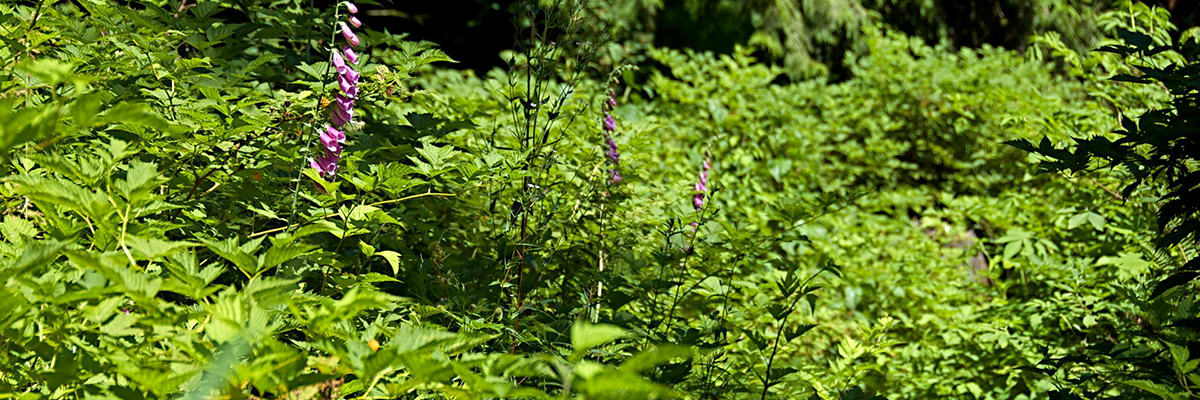Ring Hill Forest

About the park
Ring Hill Forest is 320 acres of rural forestland located on the western valley wall above the Snoqualmie River. The forest covers the western plateau slope above the Snoqualmie Valley floor and acts as a buffer between residential communities and agriculture farmland. Ring Hill is also a working forest whose revenue from the sale of wood harvested during periodic thinnings funds other forest health projects. Within the forest is 2.5 miles of multi-use trails.
A mile south from Ring Hill Forest along 232 Ave NE is the Kathryn Taylor Equestrian Park, a special place for equestrians to exercise their horses in training pens, the large arena, or onward to the Tolt River Pipeline trail.
Park activities and facilities
Dog walking
Hiking
Horseback riding
Mountain biking
Nature observation
Volunteer
Location
West of West Snoqualmie Valley Rd near NE Woodinville-Duvall Rd and to the east of 232 Ave NE near NE 147 St.
Nearby bus stops
224 at NE Novelty Hill Road or 232at NE Woodinville Duvall Rd.
Parking
There is a small parking area at the trailhead on 232 Ave NE south of NE 164 St and north of NE 162 St.
Trailheads
The Tom Ring Trailhead is at the parking lot.
Park history
The land was originally harvested in 1911 and again between 1962 and 1965. The stand was primarily high-graded, meaning the best trees were harvested leaving behind undersized, deformed, and diseased trees. The Ring Hill Forest Stewardship Plan provides guidance for the restoration of a healthy forest resilient against the threats associated with climate change such as pests, disease, droughts, and wildfire.
Related links
July 2005 Ring Hill Forest Stewardship Plan
Figure 1: Ring Hill Forest vicinity map
Figure 2: Ring Hill Forest parcel map
Figure 3: Ring Hill Forest streams and wetlands
Figure 4: Ring Hill Forest timber stands
Figure 5: Ring Hill Forest soils
Figure 6: Ring Hill Forest topography
Figure 7: Ring Hill Forest harvest units

 Translate
Translate